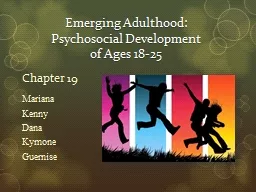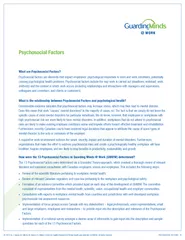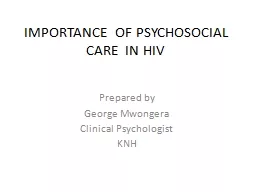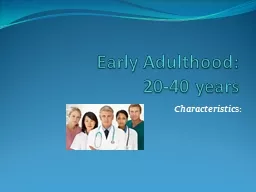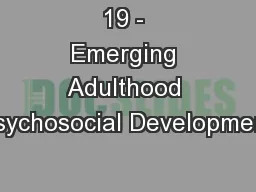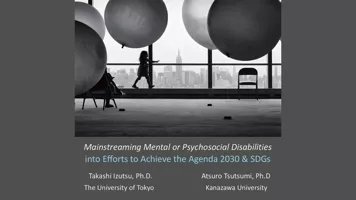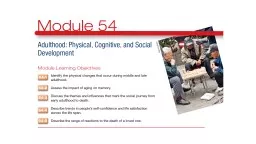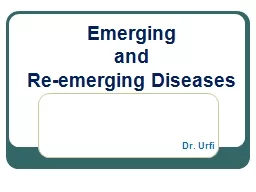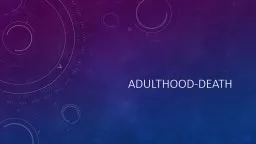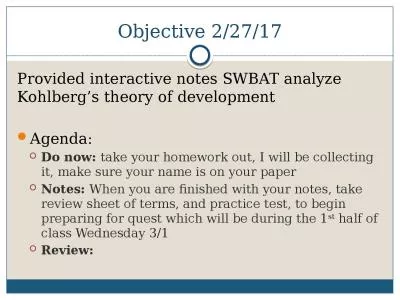PPT-Emerging Adulthood: Psychosocial Development
Author : liane-varnes | Published Date : 2018-09-29
of Ages 1825 Chapter 19 Mariana Kenny Dana Kymone Guernise Identity achieved Personality in emerging adulthood Continuity and Change Continuity and Change In emerging
Presentation Embed Code
Download Presentation
Download Presentation The PPT/PDF document "Emerging Adulthood: Psychosocial Develo..." is the property of its rightful owner. Permission is granted to download and print the materials on this website for personal, non-commercial use only, and to display it on your personal computer provided you do not modify the materials and that you retain all copyright notices contained in the materials. By downloading content from our website, you accept the terms of this agreement.
Emerging Adulthood: Psychosocial Development: Transcript
Download Rules Of Document
"Emerging Adulthood: Psychosocial Development"The content belongs to its owner. You may download and print it for personal use, without modification, and keep all copyright notices. By downloading, you agree to these terms.
Related Documents

